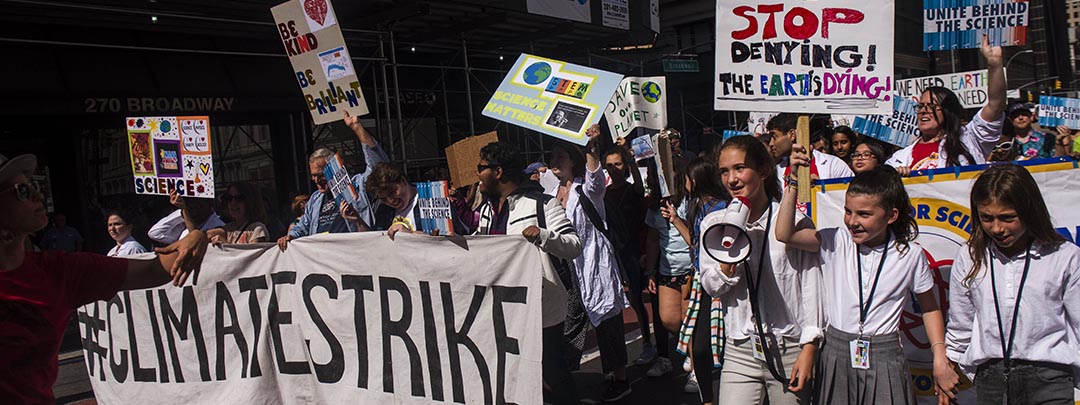Climate Change Isn’t Gender Neutral. Climate Action Shouldn’t be Either
Mar 5, 2021
|
Lisa Baumgartner
View Original
In Lebanon, despite near equal access to education, only 23.5 percent of women are part of the labour force, compared to 70.9 percent of men. In Bhutan, women’s unpaid household work equals to 10-16 percent of GDP. And in Kenya, only 10 percent of agricultural credit goes to women, resulting in yield gaps of up to 20-30 percent between men and women-managed agricultural enterprises. Examples like this show us that the world is far from achieving gender equality. Such disparities also explain why climate change does not affect all people in the same way. Men and women, households, and communities face different effects based on their level of vulnerability, preparation, and resilience to climate hazards. One’s livelihood, socioeconomic status, geographic location, religion, and gender can all affect their vulnerability to climate change. It is paramount that countries understand these impacts from a gender-responsive perspective that considers women’s roles, responsibilities, and capacities.
